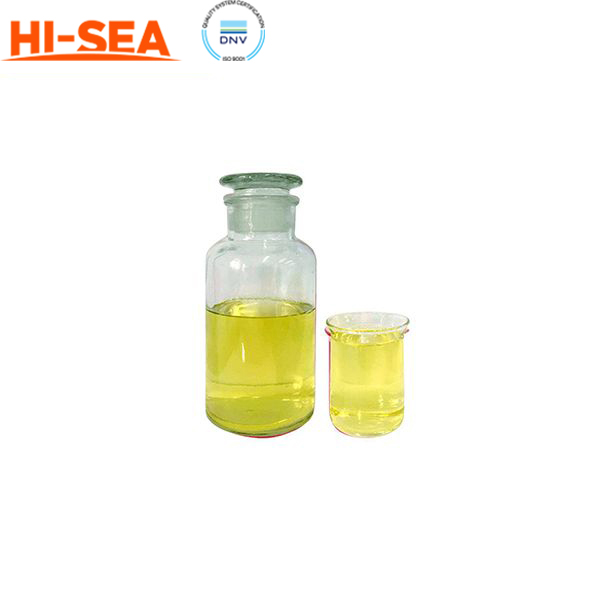MARINE & OFFSHORE EQUIPMENT
- Dredging Equipment
- Marine Deck Machinery
-
Marine Mooring Equipment
-
Marine Anchor
- AC-14 HHP Anchor
- Admiralty Anchor
- Beldt Stockless Anchor
- Bruce Anchor
- Spek Anchor
- Danforth HHP Anchor
- Delta High Holding Power Anchor
- GB11579-89 Light Weight Anchor
- Hall Anchor
- High Holding Power Mastrosov Anchor
- Hot Dip Galvanized Anchor
- Japan Stock Anchor
- JIS Stockless Anchor
- Pool Anchor
- Single Fluke Anchor
- Stainless Steel Anchor
- Stevpris MK5 Anchor
- Stingray Anchor
- US Navy Stockless Anchor
-
Marine Anchor Chain
-
Marine Shackle
- Kenter Shackle
- D Type Joining Shackle
- Pear Shaped Shackle
- Anchor Swivel Shackle Type A
- Anchor Swivel Shackle Type B
- Buoy Shackle Type A
- Buoy Shackle Type B
- C Type Detachable Connecting Link
- D Shackle
- Forelock Shackle
- Anchor Chain Swivel Group
- Straight Shackle
- Anchor Shackle
- Marine Triangle Plate
- Anchor Chain Swivel
- Anchor Chain Joining Shackle
- Anchor Chain End Shackle
- Slim Kenter Shackle
-
Chain Chaser
-
Marine Bollard
-
Marine Chock
-
Marine Fairlead
-
Marine Chain Stopper
-
Marine Mooring Reel
-
Marine Towing Bracket
-
Mooring Rope
-
Marine Towing Hook
-
Marine Shark Jaw
- Marine Fender
-
Marine Buoy
- Marine Floating Pontoon Dock
-
Marine Anchor
- Aquaculture Equipment
- Marine Outfitting Equipment
- Marine Propulsion System
-
Marine Painting
-
Marine Auxiliary Machinery
- Marine Air Compressor
- Marine Air Receiver
- Marine Sewage Treatment Plant
-
Marine Diesel Generator Set
- Marine Oil Water Separator
- Ballast Water Management System
- Marine Hydrophore
- Marine Calorifier
- Seawater Desalination Plant
-
Marine Oil Separator
- Marine Fuel Oil Supply Unit
- Marine Heat Exchanger
-
Marine Hot Well Unit
-
Marine Incinerator
-
Marine Boiler
-
Marine Valve
- JIS Marine Valve
- DIN Marine Valve
- ANSI Marine Valve
- GB Marine Valve
- CB Marine Valve
- CBM Marine Valve
-
Marine Gate Valve
-
Marine Globe Valve
-
Marine Angle Globe Valve
-
Marine SDNR Valve
-
Marine Angle SDNR Valve
-
Marine Check Valve
-
Marine Storm Valve
-
Marine Butterfly Valve
-
Marine Quick Closing Valve
-
Marine Fire Valve
-
Marine Self Closing Valve
- Marine Valve Accessories
-
Marine Pump
- Marine Centrifugal Pump
- Marine Screw Pump
-
Marine Gear Pump
-
Marine Vortex Pump
-
Marine Ejector Pump
-
Marine Diaphragm Pump
-
Marine Piston Pump
-
Marine Fire Pump
-
Marine Emergency Fire Pump
-
Marine External Fire Pump
-
Marine Ballast Water Pump
-
Marine Fuel Pump
-
Marine Lubricating Oil Pump
-
Marine Bilge Pump
-
Marine Sewage Pump
-
Marine Domestic Water Pump
-
Marine General Pump
-
Marine Cargo Oil Pump
-
Marine Hand Pump
- Marine Pump Parts
- Marine Life-saving Equipment
- Fire-fighting Equipment
- Marine Cable
- Marine Electrical Equipment
- Marine HVAC
-
Labour Protection Appliance
- Marine Decorative Material
-
Marine Anode
- Marine Pipe Fitting & Flange
- Marine Instrument
- Ship Building Equipment
INDUSTRY EQUIPMENT
- Hoisting Equipment
- Welding Machine & Material
-
Cutting Machine
- Container Securing Fitting
- Link Chain
- Container & Storage Equipment
-
Diesel Generator Set
- Other Equipment and Tools
- Petrochemical Equipment
- Fiber Reinforced Plastics
- Polymer Materials
- Environmental Protection Series
- Geo-products and Building Materials
- Metal Mesh
- Steel Grating
-
Earthwork Teeth
-
Turnbuckle
STOCK LIST
Contacts
 Tel:+86-23-67956606
Tel:+86-23-67956606
 FAX:+86-23-67956622
FAX:+86-23-67956622
 Email:manager@cqhisea.com
Email:manager@cqhisea.com
Working Time: 9:00--17:00
Working Day: Monday to Friday Website: www.cqhisea.com

Marine Rubber Fender
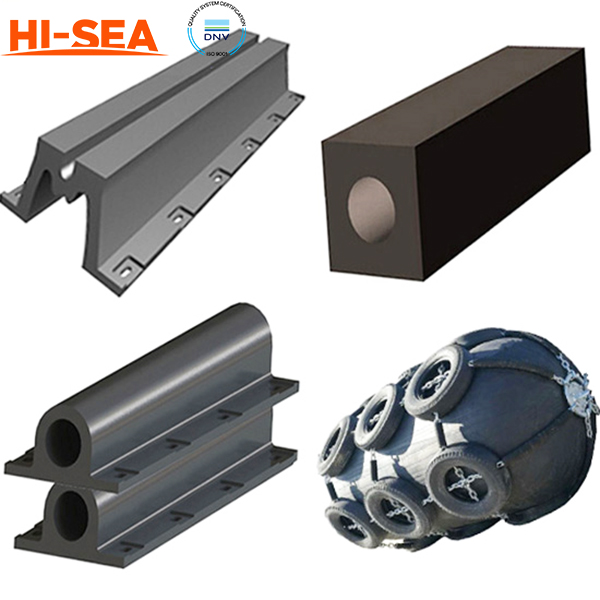
Marine Rubber Fender
Application:
The main aim of installing marine rubber fender is to protect both the vessel and the dock from major failure during the berthing period. External forces, such as abrasion or other natural factors can possibly occur during the berthing process. Therefore, marine rubber fenders are made to solve this problem, and therefore, more money can be saved due to less vessel or dock fixing.
Rubber fenders are designed to absorb the energy that a vessel transfers to a berthing structure, hence the term energy absorption, so that the amount of energy received by the dock is much less compared to when fenders are absent. The force that is bounced back and relieved by the dock through the fender is called reaction force. A good quality marine fender can be determined by measuring the energy absorption and reaction force. A good quality marine fender has a high energy absorption and the low reaction force, hence the reduced impact yielded from the vessel to the dock, as well as the minimized impact bounced back from the dock to vessel.
There are a lot of fender types that can be used on the port, for instance: cylindrical type fender, V-type, A-type, M-type, super cell, and super cone. Tugboat fenders, however, are installed on tugboats to protect vessels from major failure in the incidence of a crash. In order to achieve the best result, there are several factors that to consider in choosing the right type of marine rubber fender, namely the dimension of berthing vessels, the type of the port, situation around the port and the existence tugboat to guide the vessel while berthing.
1. Vessel dimensions
Vessel dimensions, in terms of type and dead weight tonnage, become significant factors in choosing not only the right fender type, but also the size of the fender. The larger the vessel, the larger the required fenders will be. Usually, fenders which are equipped by frontal frames are chosen as they have large contact area. From the economical perspective, V-type fender can be one of the options. However, to yield the maximum result, super cell and super cone fender are selected. For the ports that are used for the small to medium vessel, the type A, V, M, LMD or cylindrical are chosen to protect the port wall.
2. Type of the port
Another significant factor that can influence in choosing the right type of fender is the type of the port. Based on the location and position of the port, there are several port structures that are usually used including dolphin, monopile, jetty and quay wall. In the dolphin terminal, the terminal consists of poles that are used for vessels to berth. Rubber fender that is usually used in this terminal is super cell fender. However, jetty terminal, which is also known as floating terminal, does not need a really tough construction as it floats. This terminal is used for passenger ships. Unlike other kinds of ports, terminals with quay wall consists of concrete structure which parallels the beach. Large vessels cannot berth on this terminal due to the shallow waters in which the terminals are usually located.
3. Marine environment
The marine environment, such as high and low tides of the seawater, the power of wind which influences the waves, is another factor that needs to be considered in choosing the right fender type and dimension. If there is a big difference between the high and low tides, elongated fenders must be chosen, especially when the port is used by diversely sized vessels. If a small vessel needs to berth during the low tide, it can still berth to this port. Therefore, it is recommended to have the fenders installed in vertical position. On the other hand, when the sea is windy and wavy, the water also gets rough. This causes vessels to bump into the port wall. Elongated V type fender, super cell or super cone fender equipped by frontal frames can be used for this type of port.
4. The availability of guidance during berthing process
The availability of tugboats during berthing process is very important in order to avoid vessels from crashing into the port wall. This is because the speed of the vessel and the berthing angle can be adjusted as the vessel moves closer to the port.
Those four factors need to be considered in order to choose the right fender type.Any question please feel free to contact us by sending us email or give us phone call.
For Varies Type of Marine Rubber Fender Please Click the Following Link:
http://www.cqhisea.com/Marine-Rubber-Fender-176-1995-1.html
IACS Certificates:



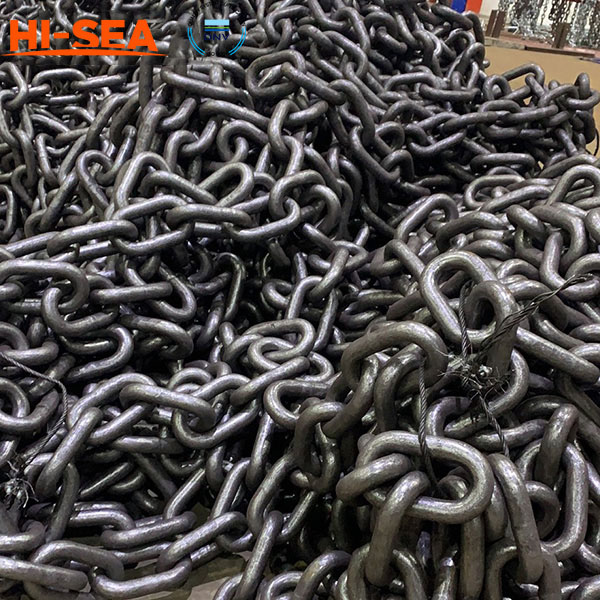
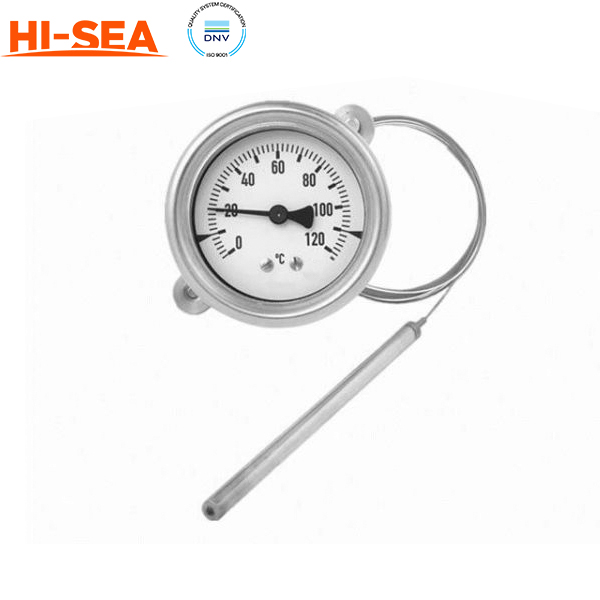
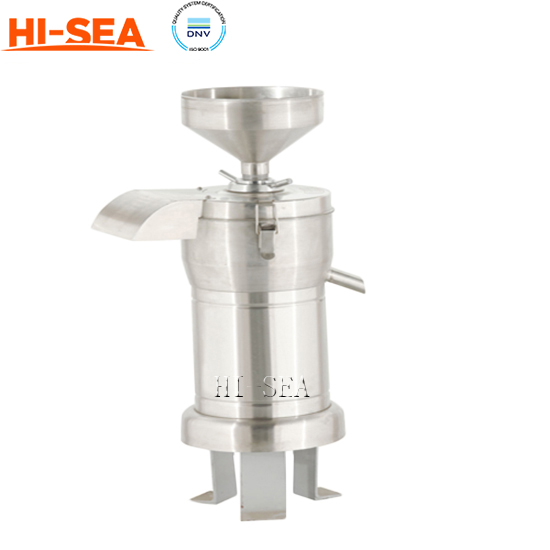
.jpg)
